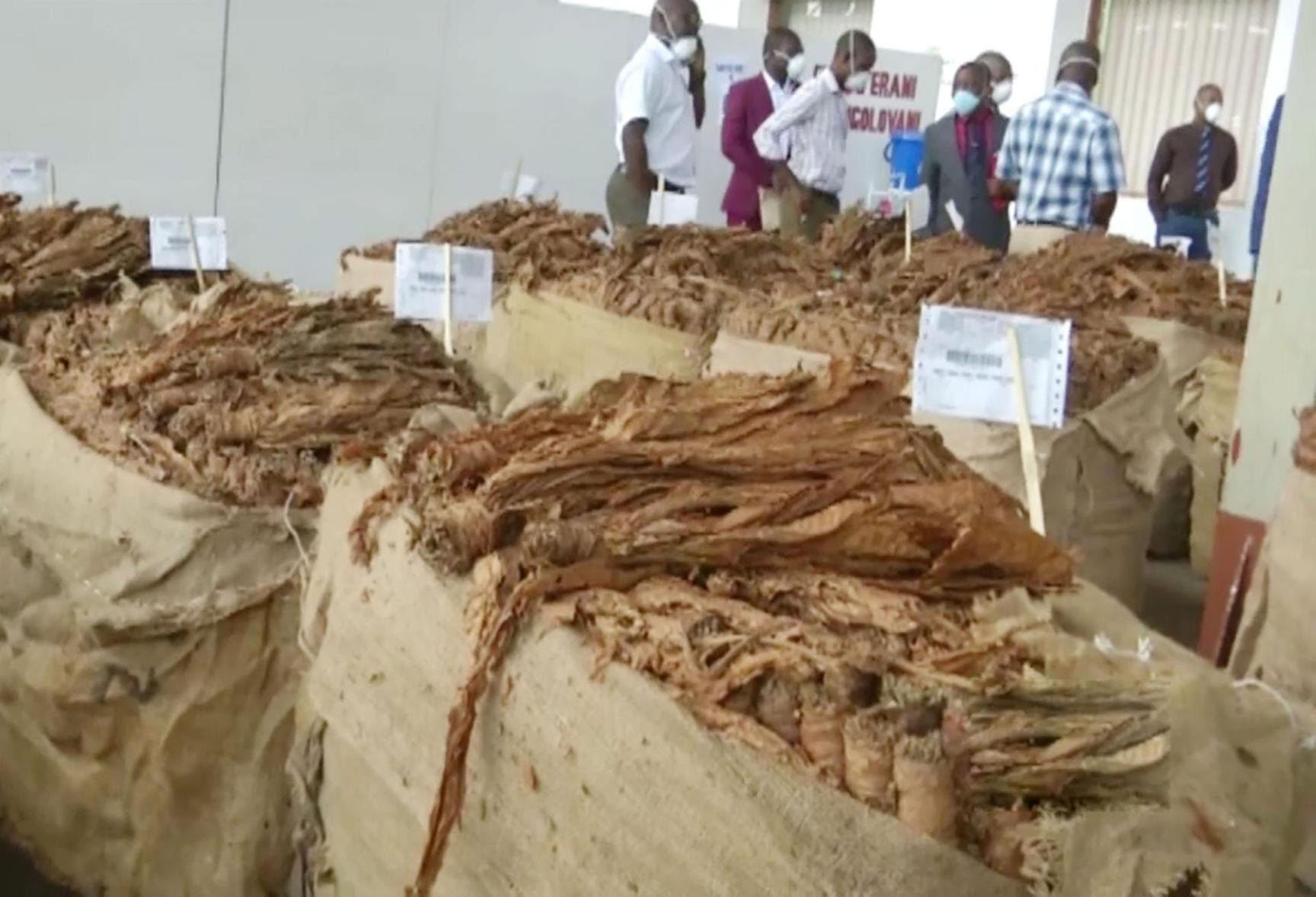Africa-Press – Malawi. Malawi’s merchandise trade balance improved by 52 percent in the third quarter of 2022, thanks to a jump in exports coupled with constrained imports, the latest Reserve Bank of Malawi (RBM) Financial and Economic Review has shown.
The review, released on Wednesday, shows that trade balance was estimated at minus $121.8 million (or K127.4 billion) between July and September 2022, compared to minus $252.2 million (K216.7 billion) recorded between April and June 2022. During the third quarter last year, the trade balance was seen at minus $409.4 million (K337.0 billion).
The bank says the narrower deficit in the third quarter of this year was a result of a larger increase of $148.9 million (K172.2 billion) in exports to $317.1 million (K327.6 billion) than that of imports at $18.5 million (K82.7 billion) to US$438.9 million (K454.8 billion).
“The performance of exports was explained by increases in sales of tobacco as well as pulses and oil seeds.
“Meanwhile, the rise in imports was mainly on account of increased imports of fuel and fertilisers during the quarter under review,” RBM says.
In its 16th Malawi Economic Monitor released on Thursday, the World Bank said Malawi can still buy less than half of its commodity imports with its commodity exports at today’s prices.
The bank says fertiliser imports are recovering from a four-month drop through May 2022, which is seasonal but also deeper than those recorded since 2018.
Malawi’s insatiable appetite for imported goods has been responsible for worsening the trade balance in recent years. Currently, Malawi exports goods amounting to $1 billion and imports $3 billion worth of goods every year.
Mubas Associate Professor of Economics Betchani Tchereni suggested the need for Malawi to bring many fields currently under smallholder agriculture production into commercial farming which, he argued, would help boost productivity.
According to Tchereni, there is a huge gap between output by smallholder farmers and commercial growers. He quantified production per hactare by smallholders at $700 while at the same time the country could get about $8000 per hactare with commercialised agriculture.
Tchereni said the improved production in commercial agriculture could easily feed into the export market, thereby improving the country’s terms of trade and eliminating forex challenges that have rocked the country.
For More News And Analysis About Malawi Follow Africa-Press






